Pedalling to inner peace in Patagonia Others find them in the saddle
Flying over the Andes during the final approach to Santiago is something. South America’s orographic vertebrae occupy an area 18 times bigger than the Alps, almost four times bigger than the Rocky Mountains and three-and-a-half times bigger than the Himalayas. They emerge in the north of the continent, between Colombia and Venezuela, rake the entire Pacific coast and disappear in the depths of Tierra del Fuego. Along its 9,000km, the Carretera Austral slithers through Chilean Patagonia’s subtropical forests, grasslands, glaciers, lakes and arid landscapes, accumulating a distance of 1,240km – about as long as Italy – of mostly unpaved roads that make it the ideal destination for cyclists with an appetite for adventure.
I am a Spanish writer and creative director-turned-amateur athlete in my late 30s. Although I am a recent, and fervent, cycling convert, the truth is I didn’t own a serious bike until the summer of 2020. My Trastevere-born travel companion’s committed relationship to his bicycle is also post-pandemic: Flavio, a forest conservationist and Instagram heart-throb (@flaviohikes), discovered an unexpected escape from the strict Italian lockdowns by temporarily becoming a rider in his home city. The same bike he used to pedal the empty, pebbled streets of Rome during those months is the one he has brought along to Chile, a country that had always spoken to both of us because of its famed unspoiled nature.
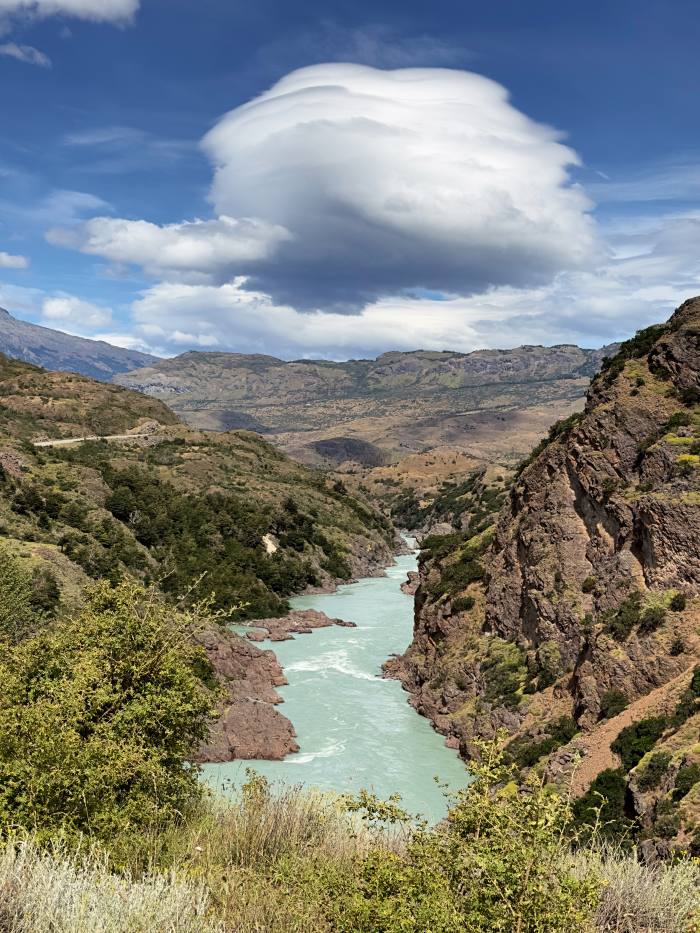
The logistics weren’t daunting: services to Santiago operate daily from several European hubs, and twice a day from Madrid. From there, a domestic two-hour flight took us to Puerto Montt, the unflattering birth town of the Carretera Austral. From Puerto Montt we rode south, following the signs of the Ruta 7, the official name of the Carretera Austral, to Chaitén, Coyhaique, Puerto Río Tranquilo, Cochrane and, ultimately, Villa O’Higgins, our coveted destination at the border between Chile and Argentina. This north-to-south approach is supposed to be most convenient due to wind patterns and ground elevation; but that didn’t spare us from heavy rain, scorching sun and, approaching Cerro Castillo, the most powerful wind gusts we have ever experienced as cyclists.
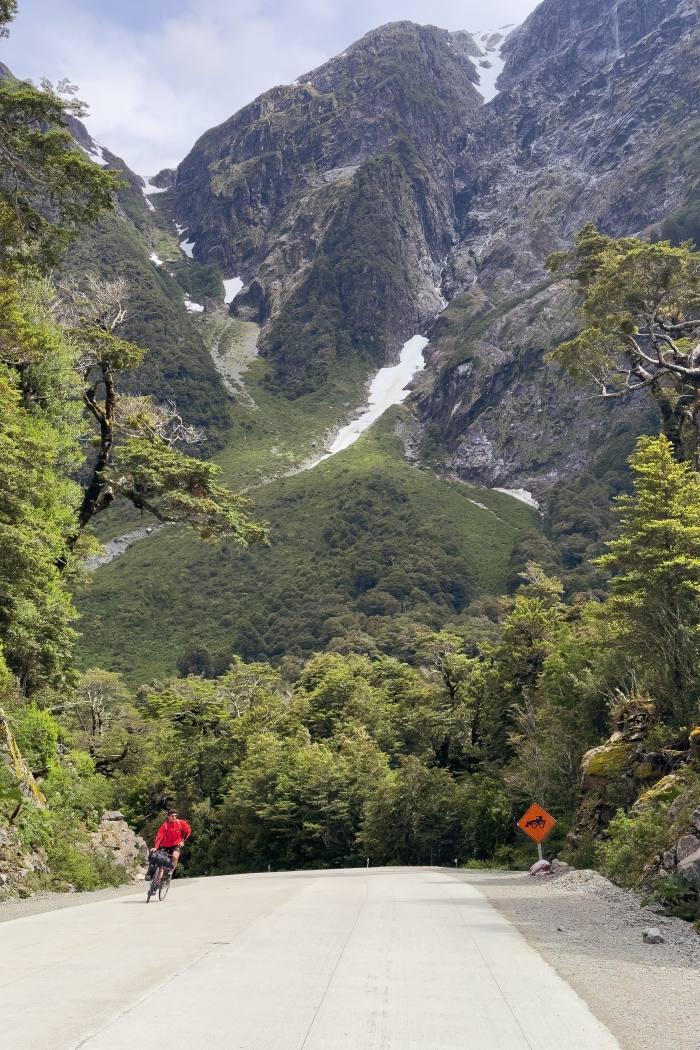

Our original 16-day adventure was cut down to 12, due to a scheduling change, and so we cycled an average of 100km per day accumulating, according to Garmin, a total elevation gain of 15,226m. “Rushing through Patagonia is a waste of time,” read a bumper sticker glued to the back of a dusty pick-up. So we didn’t; we simply upped up our tempo a bit.
The truth is that the Carretera Austral can be completed by anyone with some physical aptitude, innate determination and, above all, time, in order to break it down into more bite-size pieces. We quickly established a daily routine: breakfast at 8am, followed by two hours of prepping in order to start cycling before 10; lunch somewhere scenic after completing two-thirds of our planned distance, followed by a quick nap under a tree and back on our saddles until we got to our destination, usually in time for early dinner.
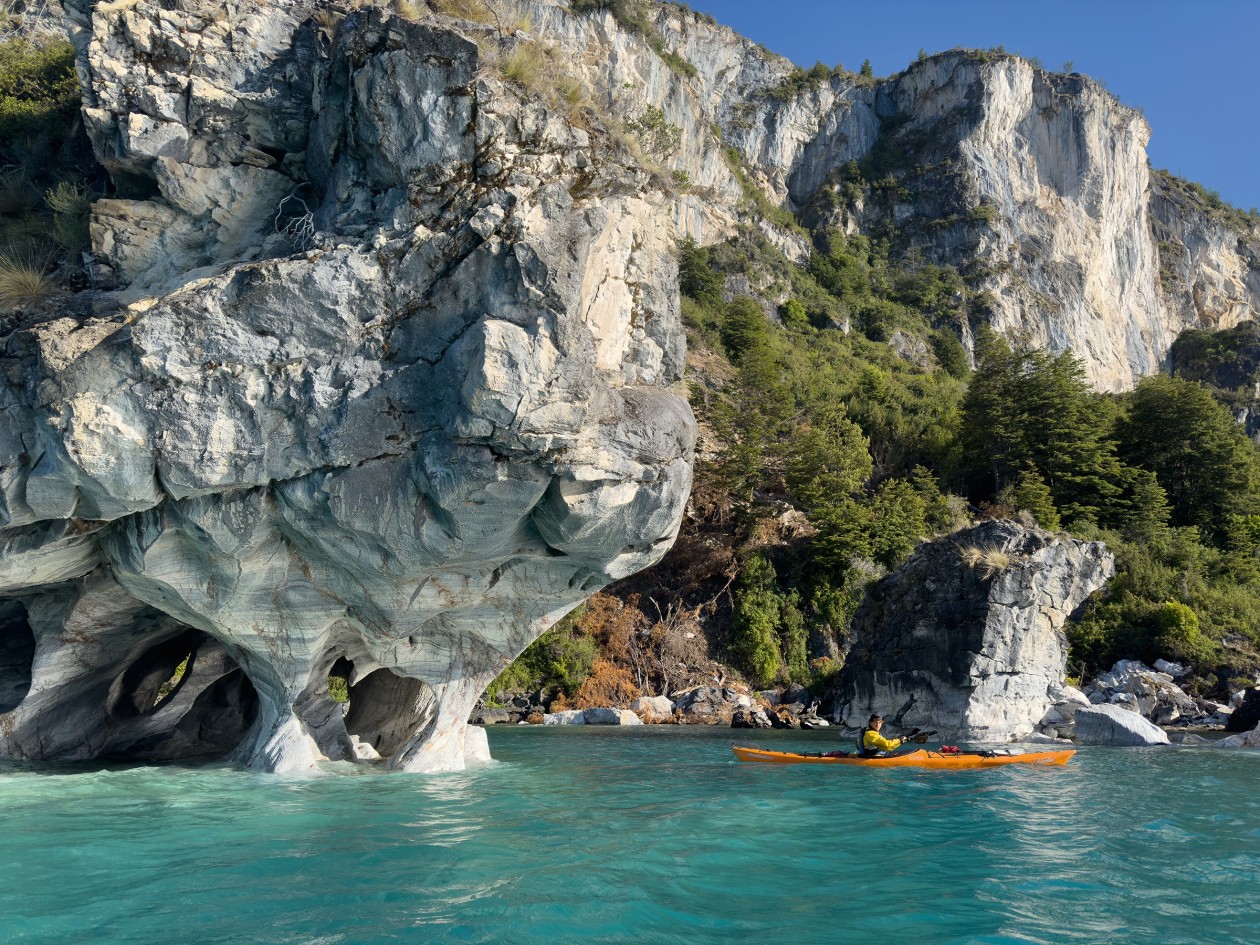
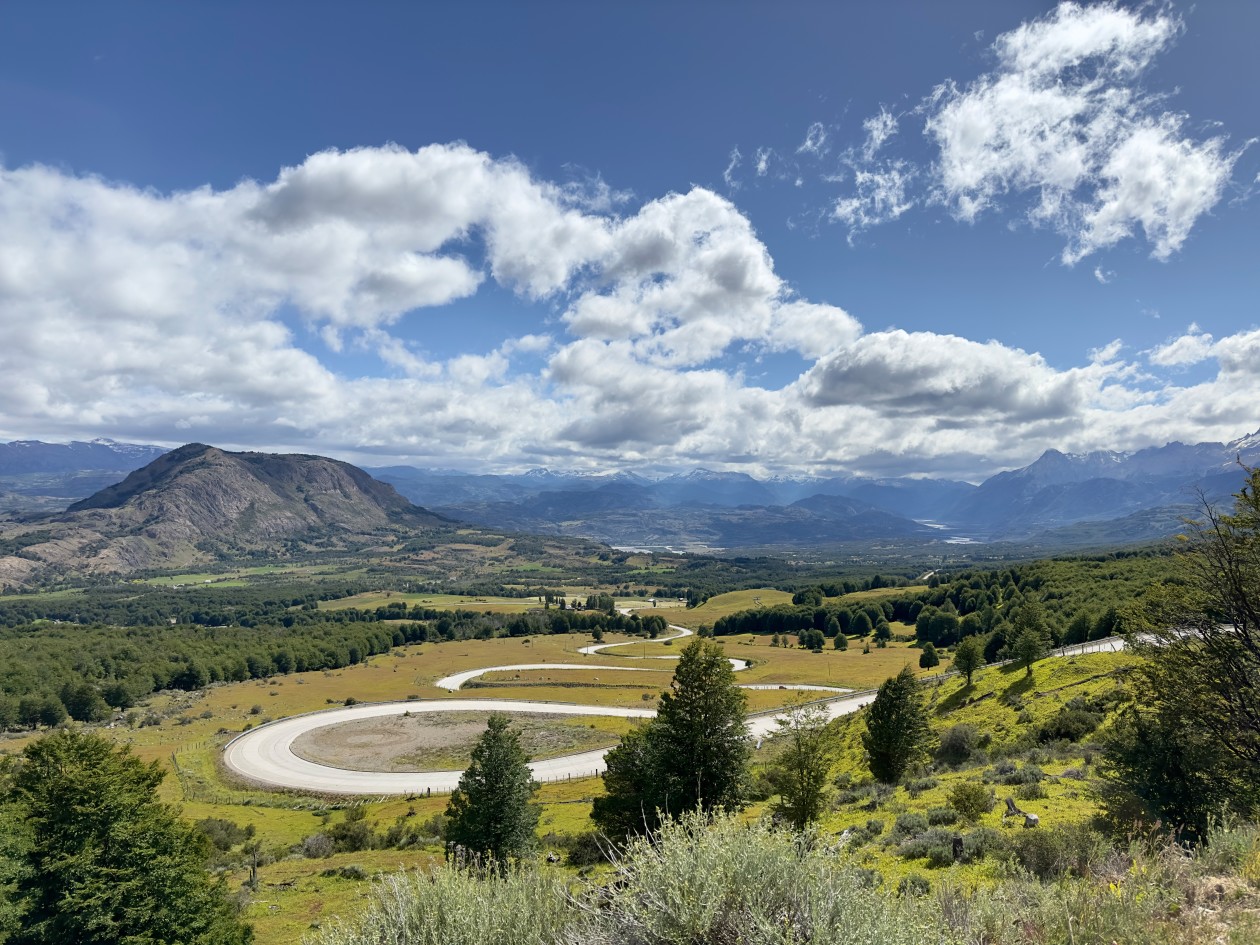
Not even 30 years old, the Carretera Austral was originally built to prevent the aspirations of an Argentinian hegemony on both sides of the Andes, and remains the main artery into Chilean Patagonia. Its first few kilometres, out of the chaotic streets of Puerto Montt, are lined with restaurants and convenience stores that might fool you into thinking the trip won’t be so adventurous after all. But the further south you ride, the wilder it gets, until mobile reception becomes rare and a handful of houses are gathered into tiny towns only every 100km or so.
Initially we had hoped to combine camping with some remote eco-friendly five-star hotels. That didn’t happen. Flavio and I were so committed to our bikes, and our ethos, that engaging a tour operator, taking a shuttle or even hitching a ride to one of the fancier properties would have felt like cheating. This reduced our accommodation options to whatever was available on the route itself, which one night included an improvised campsite on a tiny beach on Lago Bertrand, directly across the water from one of the monumental glaciers of Parque Nacional Laguna San Rafael. Mostly we stayed in an array of humble but impeccably clean bed and breakfasts, which served as a reminder that hospitality comes down to the warmth of human connection, not the Egyptian-cotton thread count.
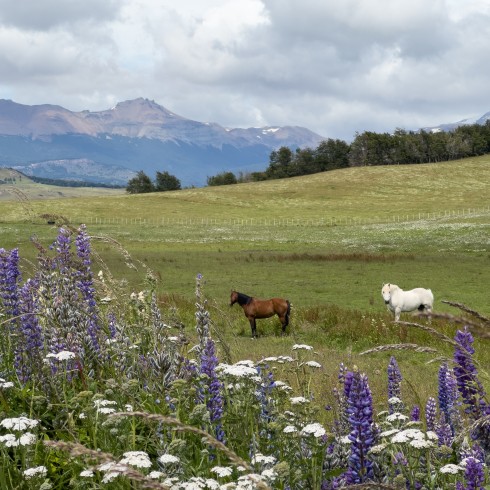

We all go to great lengths in our daily lives trying to be present and in the moment. Physical challenges like this one force us to; from carefully folding a windbreaker to fit into the side bag of an overstuffed backpack to cycling against merciless headwinds, each day was a continuous sequence of tasks that required either our focus or our strength, or both. At the same time, the Carretera Austral provides a sense of belonging shared with other travellers. There was, for instance, the Chilean family, driving their Toyota all the way from the Atacama desert in the north, who allowed us to cook our noodles on their stove after we ran out of gas in Puerto Yungay. And the young woman determined to reach Ushuaia by foot all the way from Mexico City, in an effort to draw awareness to the link between a sedentary lifestyle and today’s most common illnesses. And the joyful Greek-British couple, former school teachers who’ve been on their bikes for the past two years. With every encounter, a sincere, mutual respect and admiration – based mostly on common endeavour, but also on the recognition of a peculiar wiring we share: a hunger for the outdoors and a new adventure.
Yogis brag about finding answers to life’s transcendental questions on their mats. I like to think that we cyclists stumble upon them somewhere in the tunnel vision between our handlebars and the road. It’s usually a cathartic moment that, at least in my case, comes along with teary eyes. I had one such epiphany after a steep 5km-long dirt-road climb, which was followed by a smooth 20km-long paved downhill, without a single car in sight. It was just us against a backdrop of snowy mountain peaks and a series of spectacular waterfalls that made their way down to the valley. It was pure reward after a strenuous effort and a simple lesson: that a brutal uphill will always be followed by a downhill. In cycling as in life.
This story originally appeared on: Financial Times - Author:Igor Ramírez García-Peralta
























